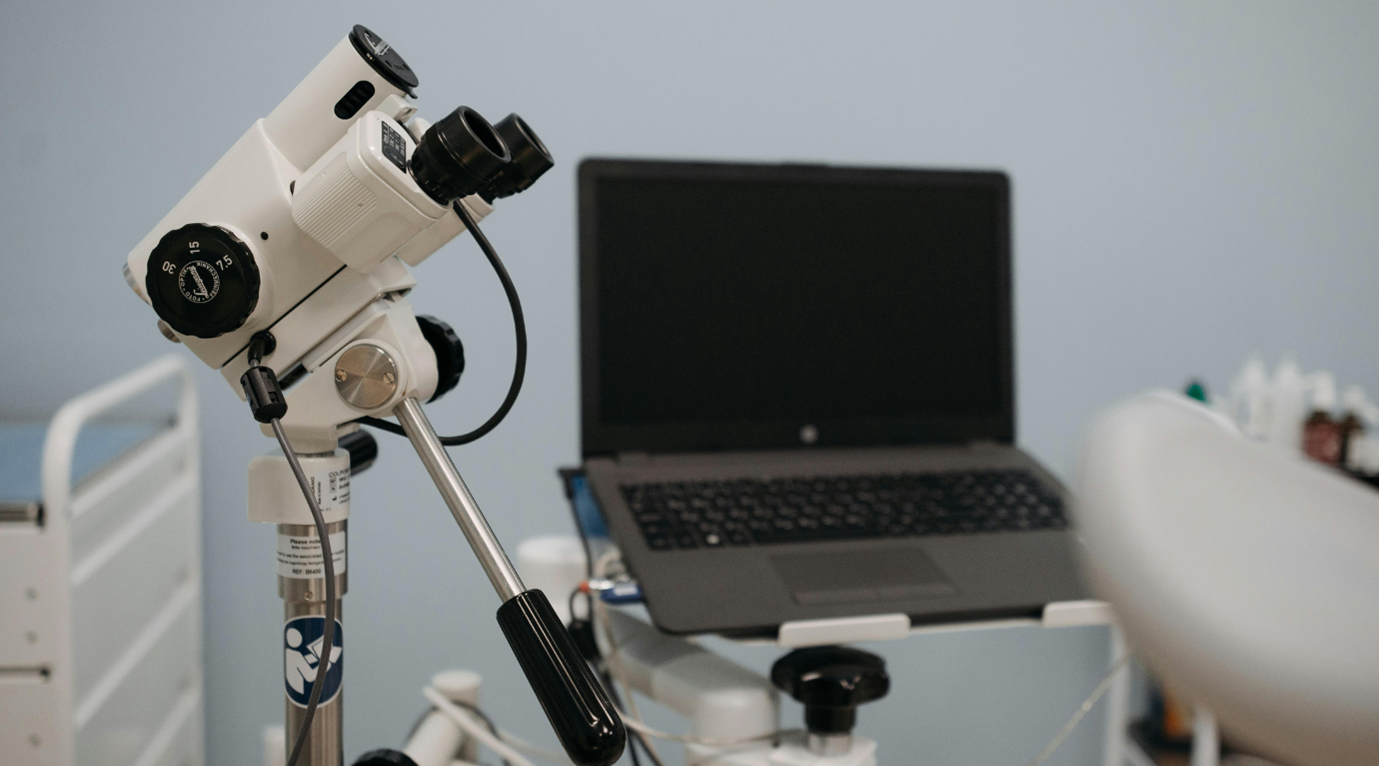The Future of Motion Science: Applications and Benefits

Motion science technologies are set to become one of the most transformative forces across industries. As organizations embrace innovations like motion lines design, they are unlocking opportunities to create high-performing, efficient, and sustainable systems. This article explores the fundamentals of motion lines design, its applications across various sectors, key benefits, and emerging trends shaping its future.
What is Motion Lines Design in Motion Science?
Motion lines design is a strategic approach that incorporates visual, structural, and engineering principles to guide and optimize the movement of systems, vehicles, or processes. By combining motion science with elements like eXperience design, organizations can achieve not only efficiency and precision but also a seamless integration of aesthetics and functionality. This approach ensures that systems operate in harmony, balancing speed, safety, and energy consumption.
Within motion science, simulations and predictive analytics help refine dynamic behaviors in real-world environments. This methodology is especially critical in sectors like automotive manufacturing, aerospace, and robotics, where precision, efficiency, and innovation are essential. By blending advanced engineering with user-centric design principles, motion science ensures that systems are optimized for both functionality and end-user satisfaction.
Applications of Motion Lines Design
The applications of motion lines design span several industries, each benefiting from enhanced system performance and better user experiences.
In the automotive sector, motion lines design improves the aerodynamics of vehicles, particularly electric vehicles (EVs), where reducing air resistance can significantly enhance battery efficiency. Self-driving cars also rely on these principles to ensure smooth navigation and reliable movements. Similarly,integrating motion science with ux for startups or ux for enterprise has proven essential for designing interfaces in autonomous vehicles, creating intuitive and safe experiences for passengers.
In manufacturing, factories leverage motion science to streamline conveyor systems and minimize downtime, while aerospace engineers apply these principles to enhance aircraft stability and fuel efficiency. In robotics, motion lines design improves precision in collaborative robots (cobots), enabling more efficient and accurate operations. Even entertainment sectors, such as gaming and virtual reality, use motion lines design to create immersive environments where interactions feel natural and intuitive.
Ready to Leverage Motion Science?
Transform your systems with precision and sustainability.
Explore Solutions NowKey Benefits of Motion Lines Design and Motion Science
The adoption of motion lines design brings numerous benefits that drive innovation and long-term value across industries.
Enhanced efficiency is one of the most significant advantages. By optimizing motion patterns, systems can operate with reduced energy consumption and improved performance. For example, EV manufacturers can use motion science to extend battery life through better aerodynamics. UX-driven design methodologies, often employed in tandem with motion science, further improve efficiency by ensuring systems are intuitive and seamless to interact with.
Cost savings are another major benefit. Efficient designs reduce operational waste, lower maintenance requirements, and minimize wear and tear on mechanical systems, translating to significant long-term savings. Furthermore, safety improvements are achieved through predictive and stable system designs, which are critical in sectors like automotive and aerospace.
Lastly, motion science promotes sustainability. With industries increasingly focused on reducing their environmental impact, motion lines design offers solutions that minimize energy use and resource consumption. By pairing sustainability goals with user-first product design frameworks, companies can create solutions that are both eco-friendly and customer centric.
Trends Shaping the Future of Motion Science
Motion science is evolving rapidly, with trends such as artificial intelligence (AI), advanced robotics, and sustainability initiatives redefining its possibilities. AI plays a central role in analyzing data to optimize motion patterns and make systems more adaptable and efficient. This technology enables real-time adjustments and personalization, which is increasingly relevant in areas like EV development and autonomous navigation.
Another transformative trend is the emphasis on eco-friendly systems. As industries prioritize sustainability, motion science integrates solutions that reduce emissions and energy usage. For example, motion lines design can create lightweight and aerodynamic structures in vehicles, significantly decreasing their environmental footprint. The seamless integration of product design with digital transformation strategies, such as cloud-based simulations, further enhances these sustainable solutions.
Robotics is also undergoing a revolution. With the rise of collaborative robots (cobots), motion science is helping manufacturers design systems that are not only precise but also intuitive for human operators. These developments pave the way for smarter factories where robotics and human labor work together seamlessly.
Conclusion
Motion lines design and motion science are reshaping industries by combining advanced engineering, user-focused design, and sustainable practices. From enhancing the efficiency of electric vehicles to enabling more precise robotic systems, the potential applications of this technology are vast and transformative. Organizations adopting these principles are better equipped to deliver innovative solutions that balance performance, safety, and sustainability.
For businesses looking to leverage motion science effectively, adopting tailored solutions that integrate product design and UX strategies can provide a significant competitive advantage. By combining technical precision with user-centric approaches, companies can unlock the full potential of motion science to create systems that are both high-performing and future-ready.
If you’re ready to explore how motion science can transform your business,Neuro Interactive, with its expertise in product design, technology, and digital transformation, can help you navigate this journey. Let’s move toward a smarter, more sustainable future together.
 Back
Back


